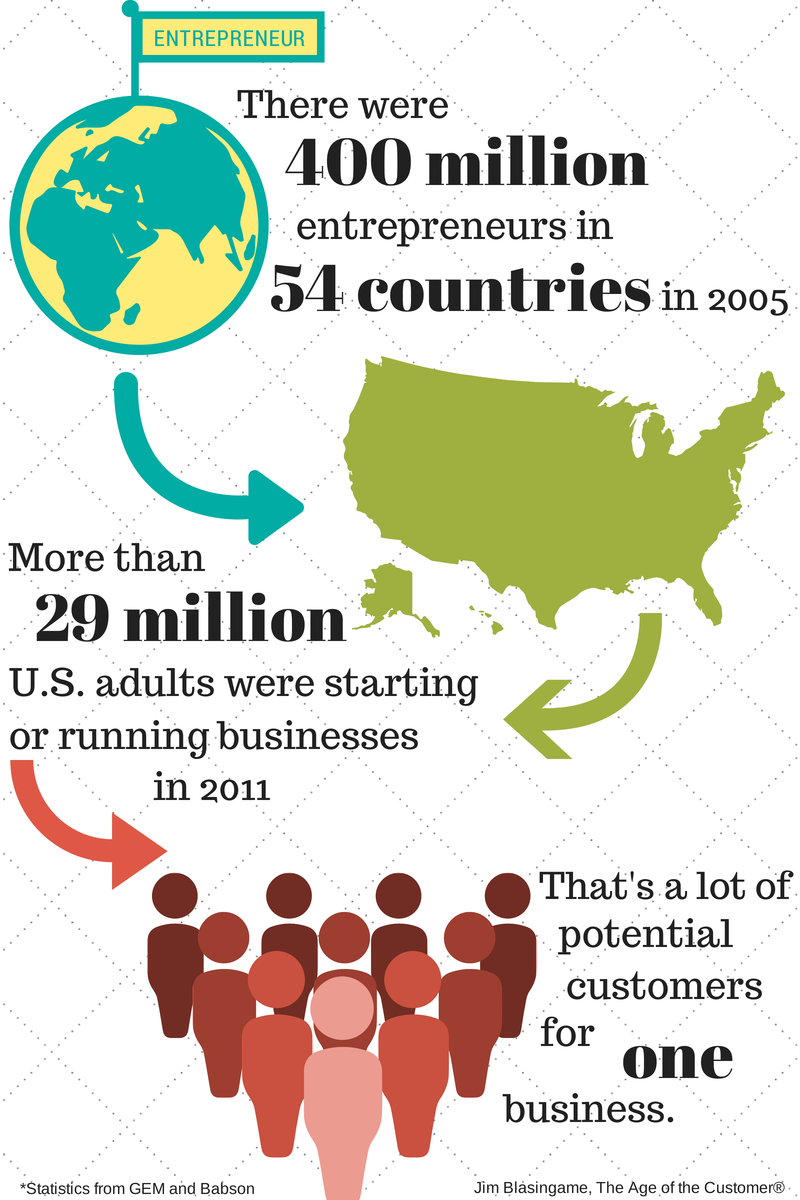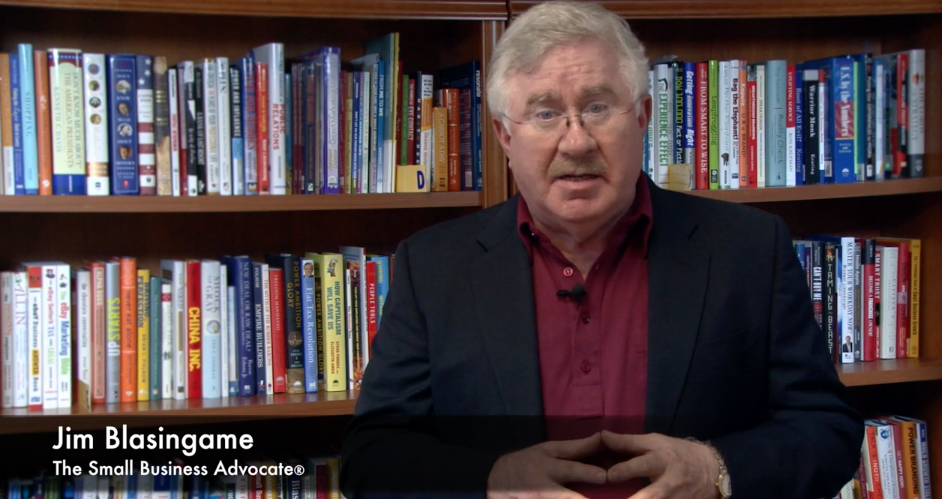It has happened to all of us: You’re being waited on at a restaurant, buying a product or returning something to a merchant, and as an employee is delivering some kind of service you say, “Thank you.”
 Good for you; your mother would be so proud. But she wouldn’t be impressed by what has become an unfortunate response to thank you. After you say thank you for having your water refilled or your order completed, there is sadly a good chance the employee will say, incredibly, “No problem.”
Good for you; your mother would be so proud. But she wouldn’t be impressed by what has become an unfortunate response to thank you. After you say thank you for having your water refilled or your order completed, there is sadly a good chance the employee will say, incredibly, “No problem.”
So, from this response are you now to think that simply allowing service to be delivered is some sort of problem you’ve created, for which forgiveness should be granted? Should you feel relief that you’ve been redeemed by this person with “No problem” absolution?
Clearly, American English has devolved to a level that makes many of us nostalgic for casual. It’s difficult to pinpoint where things ran off the rails. But somehow the sublime “it’s my pleasure” has deviated into the subpar “no problem.”
Well, my friends, let’s get one thing straight: No problem is a problem. When small business employees say no problem to a customer instead of you’re welcome, it’s a serious problem that over time could be the equivalent of a business death wish.
Think I’m overreacting? How much money do you spend getting a customer to do business with you? How much energy and resources do you invest into making sure your products, pricing, display, etc., are just right? How many sleepless nights do you spend worrying about how to compete with the Big Boxes?
Now that we’ve established the enormity and consequences of these answers, are you sure that no employee of yours ever causes one of your customers to think — even subliminally — that the mere fact that they do business with you could be some kind of problem?
In The Age of the Customer, the only thing unique about your relationship with a customer is the experience they have with you — how they FEEL about doing business with you. Everything else is a commodity. Everything!
So, pray tell, in what universe does “no problem” help your business maximize the positive emotions of an excellent customer experience? Stop saying it, and train your employees to stop saying it. If success is your goal, this is non-negotiable!
There must be 39 different ways in the English language to express your delight in serving a customer without saying “no problem.” Use one of them.
Write this on a rock… In The Age of the Customer, “Thank you” is golden, “No problem” is a problem.













